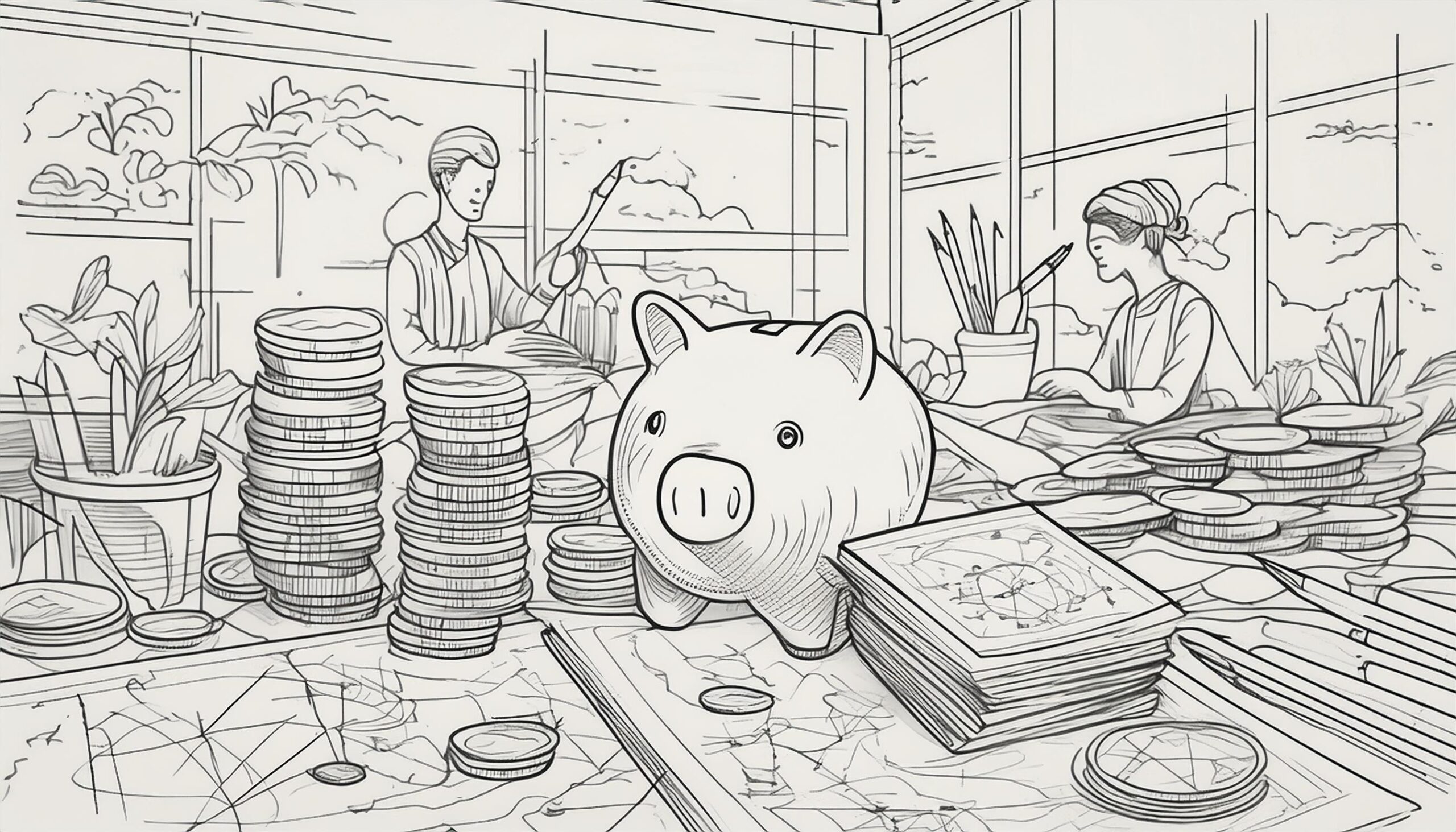For artists and creatives, financial planning can be uniquely challenging due to the irregular and unpredictable nature of income. Whether you’re a visual artist, musician, writer, or performer, navigating fluctuating earnings requires thoughtful budgeting, strategic saving, and proactive financial management. This blog post explores essential tips and strategies to help artists and creatives effectively manage their finances and achieve financial stability.
Understanding Irregular Income
One of the primary challenges for artists and creatives is the irregularity of income streams. Unlike traditional employment with a steady paycheck, income for artists often comes from sporadic sources such as commissions, royalties, freelance gigs, grants, or project-based work. This variability can make it challenging to predict cash flow and budget effectively.
Essential Financial Strategies
1. Create a Budget Based on Average Income
Start by assessing your average monthly income over the past year or two. Use this information to create a realistic budget that accounts for both fixed expenses (rent, utilities, insurance) and variable expenses (food, transportation, entertainment). Allocate funds for savings and emergency expenses to build financial resilience.
2. Build an Emergency Fund
Establish an emergency fund to cover at least three to six months’ worth of living expenses. This fund acts as a safety net during lean months or unexpected financial setbacks, providing peace of mind and stability. Contribute regularly to your emergency fund, even during months of higher income.
3. Diversify Income Sources
Explore multiple income streams to mitigate the impact of income fluctuations. Consider offering workshops or classes, selling merchandise, licensing your work, or seeking long-term contracts where possible. Diversifying income reduces reliance on any single source and provides more stability.
4. Manage Cash Flow Effectively
Track your income and expenses closely to manage cash flow effectively. Use accounting software or apps to monitor invoices, payments, and expenses. Set aside funds for taxes and prioritize payments to avoid cash flow gaps or late fees.
5. Plan for Variable Income
Adjust your budgeting approach to accommodate variable income. During high-income periods, save surplus funds or pay down debts. During low-income periods, reduce discretionary spending and focus on essential expenses. Flexibility and adaptability are key to managing irregular income.
6. Invest in Professional Development
Invest in your skills and professional development to enhance earning potential and career growth. Attend workshops, courses, or conferences relevant to your artistic practice. Improving your skills can lead to higher-paying opportunities and increased income over time.
7. Manage Debt Wisely
Minimize debt and manage existing debts strategically. Prioritize high-interest debts for repayment and consider refinancing loans to lower interest rates. Avoid taking on new debt unless necessary and budget for debt payments within your financial plan.
8. Save for Retirement
Plan for retirement by contributing to retirement accounts such as IRAs or SEP-IRAs. Even small, regular contributions can grow over time through compound interest. Consider consulting with a financial advisor who understands the unique financial challenges faced by artists and creatives.
9. Protect Your Income and Assets
Consider insurance options to protect your income and assets. Disability insurance can provide income replacement if you’re unable to work due to illness or injury. Liability insurance can protect against legal claims related to your artistic practice.
Embracing Financial Creativity
Managing irregular income requires creativity and proactive financial planning. By creating a realistic budget, building an emergency fund, diversifying income sources, managing cash flow effectively, investing in professional development, managing debt wisely, saving for retirement, and protecting your income and assets, artists and creatives can achieve greater financial stability and peace of mind.
Conclusion
Financial planning for artists and creatives is essential for navigating the unique challenges of irregular income. By implementing these strategies and adopting a proactive approach to financial management, you can build financial resilience, achieve your artistic goals, and enjoy greater stability in your personal and professional life. Remember, financial planning is a continuous process that adapts to changing circumstances and empowers you to pursue your creative passions with confidence.


Leave a Reply